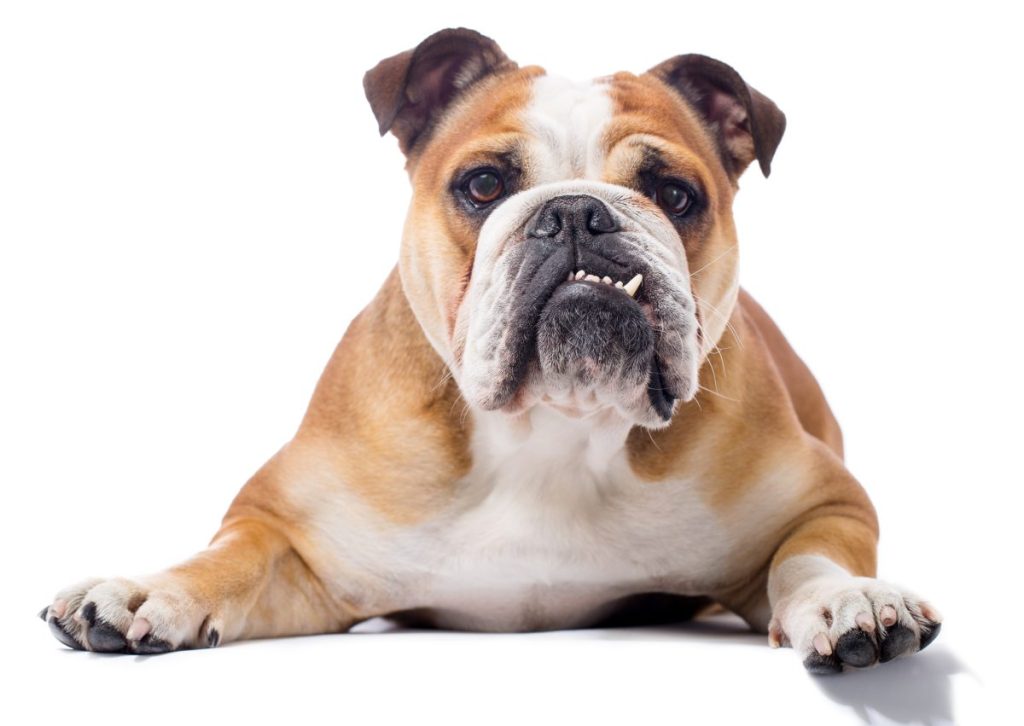The English Bulldog, also called the Bulldog or British Bulldog, is a medium-sized Mastiff-type dog breed in the non-sporting group known for their distinctive appearance and friendly disposition. Dating back to the 13th century, this breed has evolved from their bull-baiting past to become gentle and affectionate companions. They can easily be recognized for their unique features, including a wrinkled face and pushed-in…

Bulldog
Statistics
Dog Breed Group
Companion Dogs
Height
12 to 15 inches tall at the shoulder
Weight
40 to 50 pounds
Life Span
8 to 12 years
Trending
No content yet. Check back later!